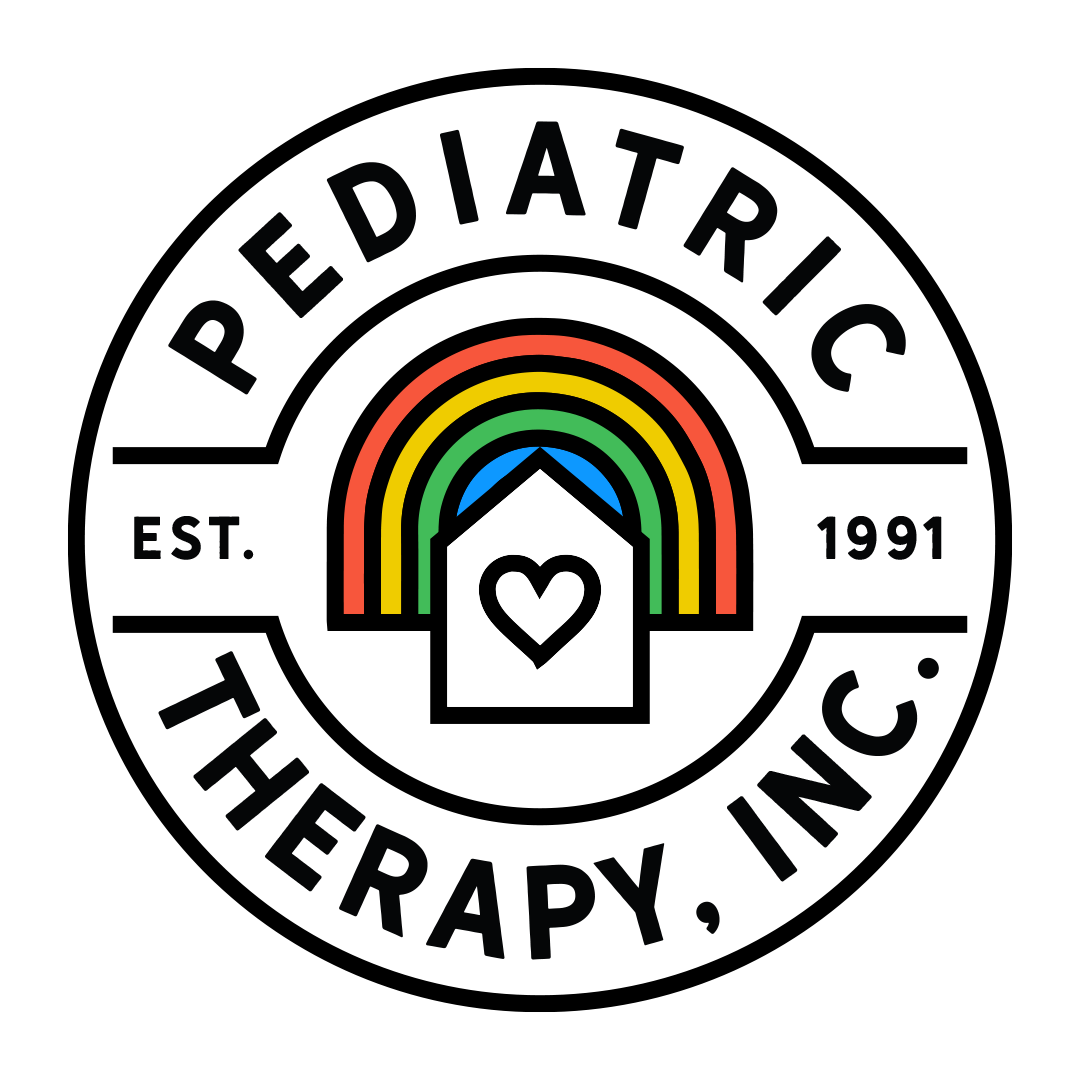Speech Therapy
Speech-language pathologists provide assessment and intervention services that focus on helping children communicate at their fullest potential.
Specialized treatment strategies provided by PTI’s speech-language pathologists include but are not limited to:
Augmentative and Alternative Communication (AAC)
Apraxia Intervention
Sign Language
Home Programs/Parent Training
Aural Rehabilitation
They target the following areas:
Expressive and receptive language
Articulation
Phonological awareness
Fluency (stuttering)
Pragmatics (social skills)
Literacy
Voice and auditory processing
Grant for Approved Supplemental Special Education Services:
We have been approved to provide Supplemental Special Education Services. Children whom have not received proper services from schools due to the Covid-19 pandemic can now get money from the state and seek services outside of the school district. Here is a link to apply for this grant money from the State of Texas. Learn More.
Augmentative and Alternative Communication (AAC):
AAC is an acronym that stands for augmentative and alternative communication. Augmentative communication is defined by any device, method or system used to supplement speech. Alternative communication suggests any device, method or system used for communication when speech has not developed or has been lost. The field of augmentative and alternative communication addresses the needs of people unable to clearly communicate or express themselves using standard communication tools, such as spoken language, body language, sign language, and/or handwriting.
When a person is unable to communicate using standard techniques, they may need an augmentative communication system with the ability to fulfill their communication needs.
Such systems include:
Picture Exchange Communication System (PECS)
General use of pictures
Low-tech and high-tech electronic and
Or computerized speech generating devices
According to the American Speech-Language-Hearing Association (ASHA), in 1991 approximately 2 million Americans did not have the ability to satisfy their communication needs. One source indicates that world wide, between .2% and .6 % of the population is affected by conditions that result in the inability to communicate (Blackstone 1990a).
Selecting the best way to communicate is not as simple as getting a prescription for eyeglasses. It is important to obtain an evaluation by a group of professionals (i.e., SLP’s, OT’s, and PT’s) to develop the best communication system to meet a patient’s needs. Speech-language pathologists at PTI have specialized training in evaluating and providing intervention in PECS, speech-generating devices, and other alternative means of communicating.


